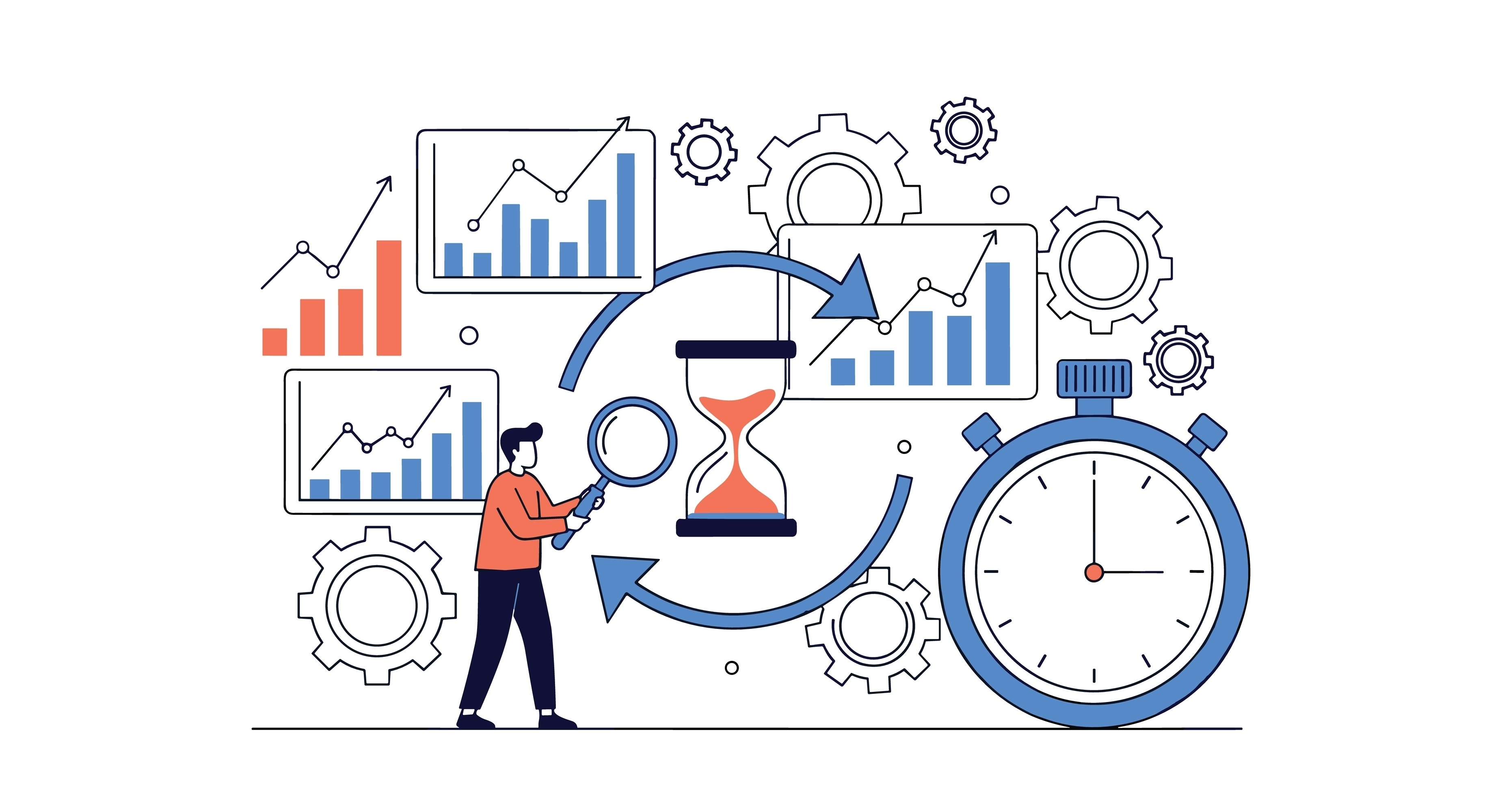I wrote this sometime back for a friend of mine, who took the plunge and started an e-commerce business, after leaving his cushy job at a Global Technology giant. Though the background of the article, mirrors the Indian Retail/ E-tail ecosystem, that is yet to come up to world standards in terms of customer centricity, the fundamentals are the same anywhere in the world.
The fundamental mistake that Modern Retailers in India make, time and again, is the assumption that all their customers are alike. This is at the root of all their problems. The other problem that they face is their inability to measure metrics that will help them have a tight control over their business, so that they know which levers to pull to stimulate growth. In this article, I will take a look at e-tailers and stimulate thoughts on the kinds of measurements that they should be doing at their end to run their businesses.
One can forgive the Modern Retailers for their sloth and inexperience as far as “customer centricity” is concerned, but few can let the online retailers off the hook. The so-called poster boys of Indian e-commerce seldom make an effort to even trace their customers, understand their repeat purchase behavior, understand their path to purchase and group their customers into segments. The online retailers have very primitive forms of Analytics and have thrown the fundamentals of good retailing to the winds- that of keeping the customer at the center of all their decisions and trying to understand their buying behavior. It is conventional wisdom in the world of Retail that it is 12 times more expensive and difficult to acquire a new customer than to keep an existing one happy and retain him. And yet the online Retailers are chasing ever more new customers. Their excuse for doing so is that repeat visits are very rare- instead of trying to figure out why that is so, they spend more money on advertising and marketing. Thus they are ignoring the fundamental principle on which retailing is based- that the customer will come back to their store (in this case their website) and buy more products from them.
The biggest challenge that e-tailers face is the lack of a customer interface with their employees as well as their products. This, more than ever, dictates that they should be extra careful in building a personal relationship with the customer. This means a greater degree of personalization of products/offers than a traditional retailer. This means doing more rigorous Analytics and building models to refine the targeting of offers, differentiated pricing etc.
Another big advantage that online retailing provides is the fact that you can analyze every virtual footfall of a customer and even observe visits that do not result in sales. This is difficult to measure in a physical store and you often do not have information on why a customer did not shop at your store.
Here are a few important analysis that every e-tailer should do and a few questions that they should try and answer by analyzing their data.
- What are the different segments of customers who visit my site – the easiest, is to do a RFM segmentation (Recency, Frequency, Monetary) and segment the customers on the basis of the 3 mentioned dimensions. The biggest advantage of building segments is that instead of making strategies for each individual, you can make strategies for each segment.
- Profile the repeat visits of each customer and create an index(counter) for each visit and his activities in each visit (which pages did he go to, which categories did he search, which categories did he buy into, which products did he buy, how much time was spent in each category, how much time did he spend on each page, what is the sequence of his page visits(navigation pattern),what was the “path to purchase”)
- Over a period of time, identify your Loyal Customers (they can come from your RFM segmentation). These are the customers that you need to pamper and you need to innovatively think of how you could incentivize these customers to come back to you to “buy one more product, one more time” than they normally would. Each incremental visit, and each incremental product bought as a result, will add up incrementally to a large portion of your revenue.
- Pricing is one area where e-tailers can really experiment with, in terms of differential pricing based on the Loyalty of the customer; if a customer’s Loyalty Quotient is very high, he can be made eligible for a higher rate of discount (unlike in a traditional store front where you would be forced to share the same discount with everyone).
- Email fatigue has prevented many a good marketing campaign to fail. Hence, customized pop-ups with recommendations for each loyal visitor can be a more gratifying experience for a consumer.
- There are a host of other metrics which can be defined to help e-tailers
- New Product Performance Metric – Performance of a new product in that category as compared to average performance of products in that category measured over a defined time period
- Product Market Share in each category – what is the product revenue share for each product in a particular category? - This will help you know your category leaders
- Which products are purchased by the top 10% of your customers? - You need to ensure that you have a steady supply/inventory of these products
- Which products are present in the top 10% of the baskets? - You need to ensure that you have a steady supply/inventory of these products (this may be different from c) above)
- Total number of unique customers that have bought each product – this metric gives a sense of appeal/awareness of the product
- Total spend for each product over a 6 monthly time frame - Will give you a sense of which products are the bread and butter of your business
- Repeat rate for products – Percentage of customers who have repeat purchased their products - very good metric to show the performance, especially of a new product
- Category penetration of each product – It is a measure of the percentage of customers buying a particular product as compared to other products in that category - it is another important metric to keep in mind when you decide to come up with a list of products that you may want to discontinue from your product line
As usual, I can go on endlessly, but the idea here is to give you a sense of how minutely your e-tail business needs to be measured to keep you competitive and rise above the clutter of the also-rans in this space. May the best one win!
































